During a long period of time, plug-in hybrid models have been struggling to make an impression on consumers. On the one hand, the increased battery pack in comparison to hybrid models contributes to a heavier overall weight and a larger space occupation, without significantly reducing fuel consumption. On the other hand, despite the added battery pack, the true advantage of being “plug-in” is not very obvious. Even if there is a charging pile at home, most models have a pure electric range of only 30-40 kilometers, which is still insufficient to meet the daily usage requirements of some large cities. Consumers might ask: if that is the case, why should I spend more money to buy a plug-in hybrid model than a gasoline or hybrid model?
This is a great question. Recently, Honda’s first PHEV model in China, the CR-V Reacher Hybrid e+, was launched at a price of 273,800 to 299,800 yuan after subsidies. The CR-V can be considered an unavoidable SUV in this segment, with both fuel and hybrid versions previously available. The plug-in hybrid version not only enriches the product matrix of the CR-V, but also helps Dongfeng Honda enter the hybrid 2.0 era with both hybrid and plug-in hybrid models.
So, can the CR-V Reacher Hybrid e+ answer the previous question? Since there are fuel and hybrid versions, why release a plug-in hybrid version? What distinguishes it from other plug-in hybrid models on the market?
The most mainstream market for plug-in hybrid products currently appears to be in first and second tier cities. I have asked many plug-in hybrid car owners around me, and their reasons for buying are relatively consistent: the most important factor is not how well the car itself performs, but the series of policy preferences for new energy products, including license plates, that plug-in hybrids can enjoy. Interestingly, after purchasing their cars, they slowly begin to feel the benefits of the plug-in hybrid, including the low noise state when driving compared to fuel cars, and the overall energy consumption reduction when pure electric is relatively easy to obtain. However, a universal problem is: the pure electric range is too short. Currently, the official pure electric range of most products is around 50-60 kilometers, with actual pure electric ranges of around 30-35 kilometers, and even shorter in winter. For users in cities like Beijing, Shanghai, Guangzhou and Shenzhen, many daily commutes are between 30-50 kilometers, and it is relatively normal to travel 60-70 kilometers in a day if there are other errands to run. In the past, most plug-in hybrid models were unable to meet this mileage requirement. Therefore, even if users can install a charging pile at home and charge their cars every day when they return, they cannot fully realize the advantages of a plug-in hybrid model.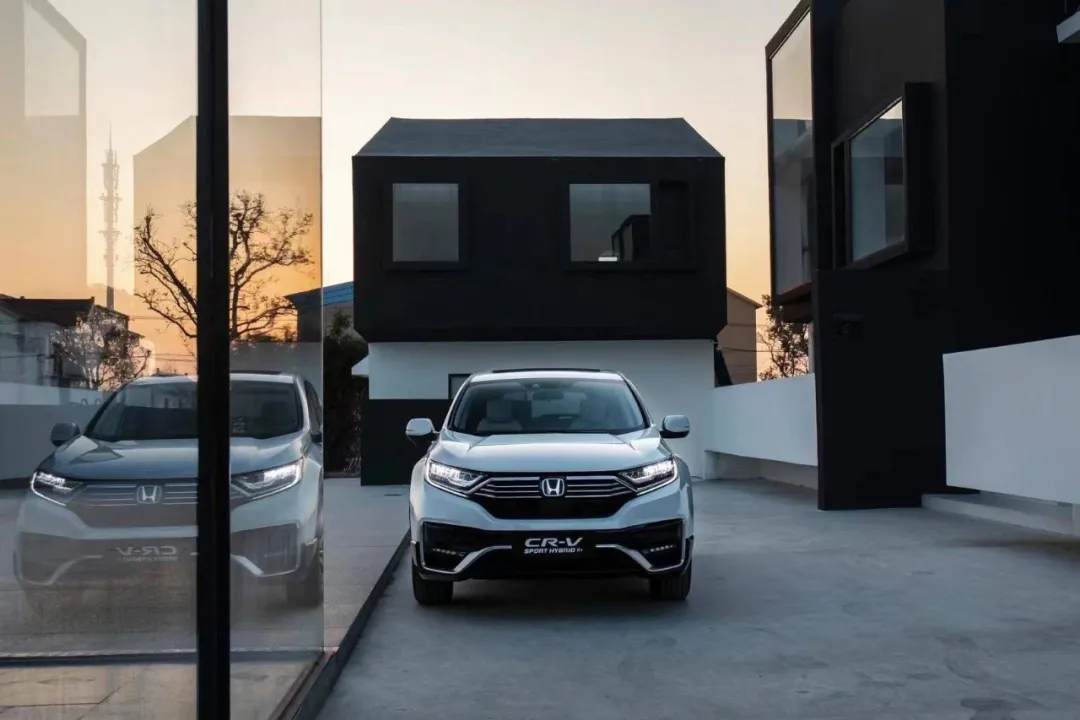
The CR-V Rui Hybrid e+ stands out for its differences.
Based on the information released by Dongfeng Honda, the CR-V Rui Hybrid e+ adopts the i-MMD system, equipped with a high-efficiency 2.0L Atkinson cycle engine with a maximum power of 107kW and a maximum torque of 175Nm. The electric motor has a maximum power of 135kW and a maximum torque of 315Nm, and is matched with an E-CVT dual-motor gearbox. The comprehensive fuel consumption is 1.3L/100km, and the pure electric range is up to 85km.
Highlighting the key point, the pure electric range reaches 85 kilometers.
This data is interesting. Considering relatively aggressive driving habits, the actual range should be just over 60 kilometers. Although the range is only 20-30 kilometers longer compared to other products based on data, this range can basically cover the daily needs of most users in first- and second-tier cities. If there is a home charging station, users can use the EV Drive Mode pure electric mode without worrying about insufficient power after the battery is depleted. The cost of use is also almost the same as that of pure electric vehicles.
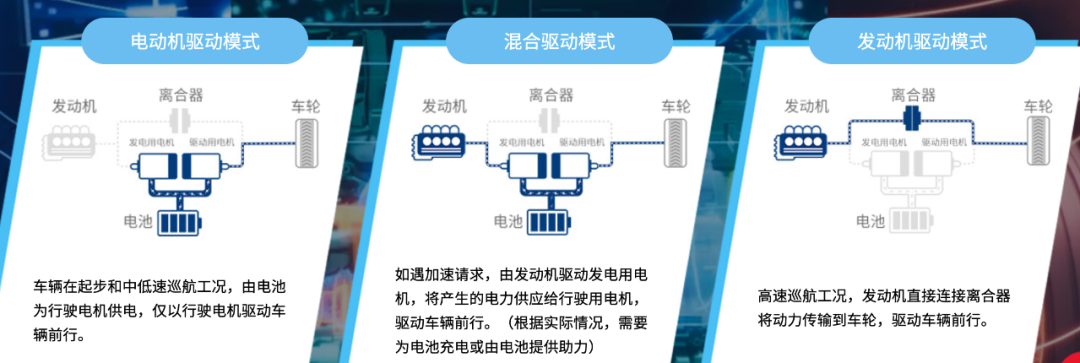
It is worth noting that some people may ask whether the pure electric range is still not long enough compared to range extender products, as the current actual range of pure electric vehicles with range extender is between 130-150 kilometers. Indeed, this is correct. However, it should be noted that range extender products have a larger battery capacity and heavier weight, so the comprehensive energy consumption is relatively high when there is no charging condition. Moreover, the smaller the size of the car, the more disadvantaged the range extender is.
Therefore, plug-in hybrid technology is more suitable for city SUVs like the CR-V at this stage. There is a balance here, “1.3L/100km comprehensive fuel consumption + pure electric range of 85km,” which provides this balance for two types of users, those with and without home charging conditions.
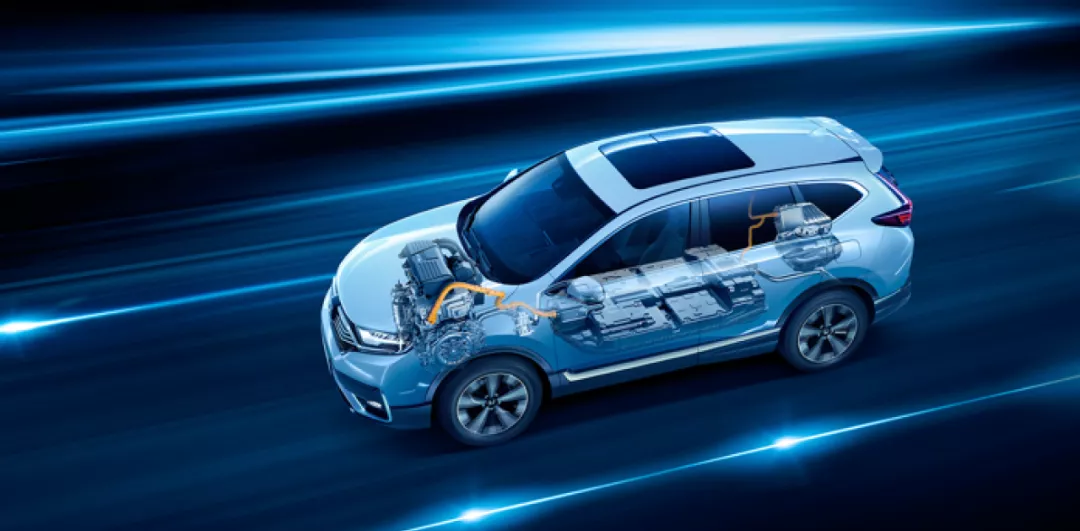
Don’t forget the CR-V
Another important point is that the CR-V Rui Hybrid e+ is not only a plug-in hybrid model, but also a “CR-V.”
In the compact city SUV market in China, the CR-V has always been an important name. In 2020, the CR-V sold 249,983 units throughout the year, and was the sales champion for six consecutive months, winning the annual sales champion for joint venture SUVs in 2020. This shows that consumers vote with their feet.
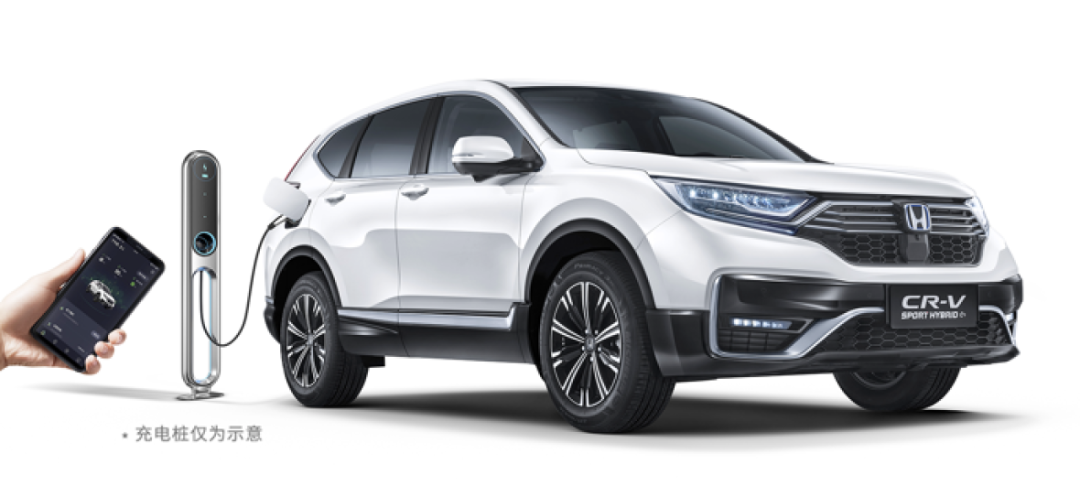
At the core of the product, the CR-V Rui Hybrid e+ continues the innovation in addition to extending.
For example, in terms of design, the front face adopts the blue Honda H logo, the horizontal chrome-plated strip runs through the front of the car and is connected to the headlights on both sides, and the bottom trapezoidal grille is surrounded by chrome-plated strips. The LED taillights on both sides of the rear of the car are connected by chrome-plated strips, and the dimensions of the body are 4694/1861/1679mm, which is slightly higher than the fuel version.
For example, in terms of space, thanks to the flattened battery pack, the CR-V Rui Hybrid e+ has expanded the vehicle’s battery capacity by more than ten times, and the interior space of the car has hardly changed, continuing Honda’s characteristic of “magician of space”.
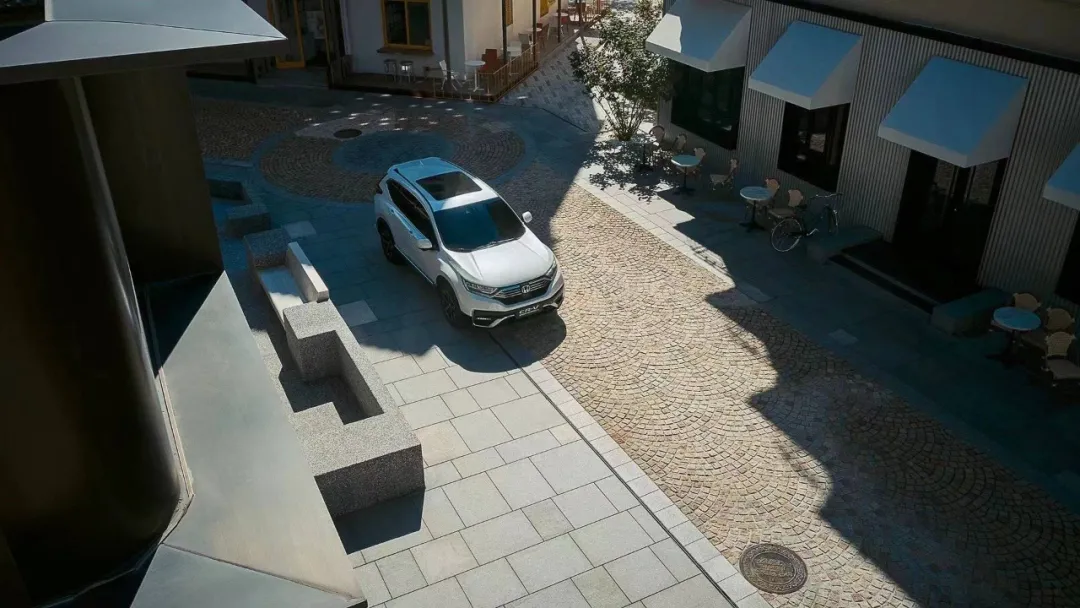
It is worth noting that for Dongfeng Honda, the significance of the CR-V Rui Hybrid e+ is not just a simple product.
At first glance, the CR-V Rui Hybrid e+ makes the CR-V the first urban SUV to cover “fuel, hybrid, plug-in hybrid” three power systems, enriches the Dongfeng Honda product lineup, and officially enters the hybrid 2.0 era.
Furthermore, in the current irreversible trend of global electrification and intelligence, Dongfeng Honda will also usher in a crucial year in 2021. The CR-V Rui Hybrid e+ is the first shot.
This article is a translation by ChatGPT of a Chinese report from 42HOW. If you have any questions about it, please email bd@42how.com.
